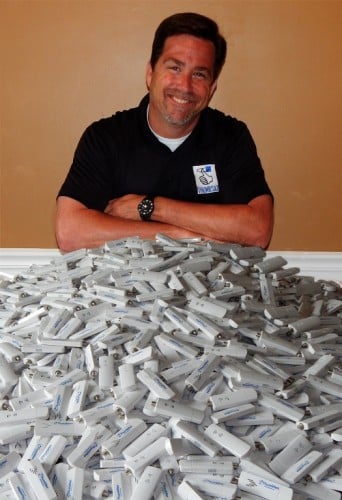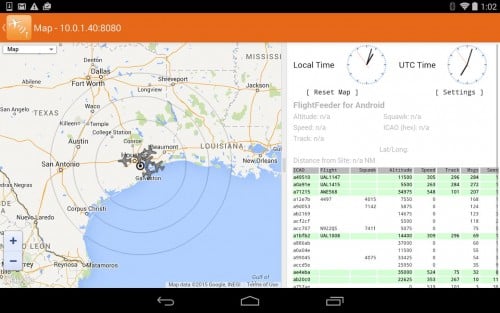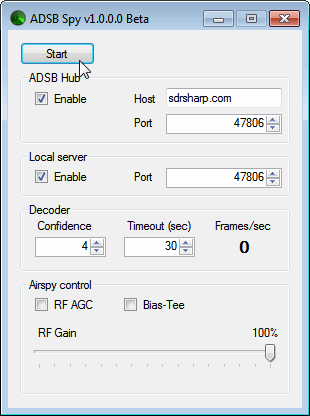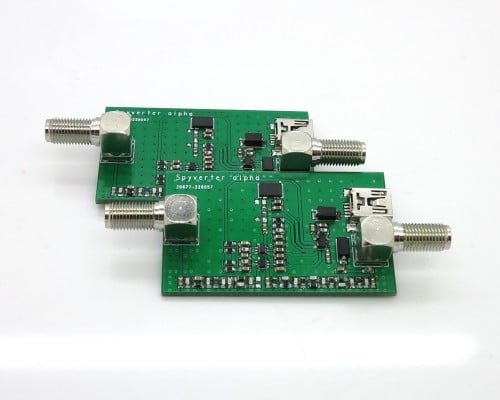ThumbNet – A Low Cost Satellite Groundstation Network using modified RTL-SDRs
The ThumbNet project is a project that is aiming to provide low cost satellite receivers to students and any other interested communities in order to promote worldwide education in science, technology and engineering.
In addition to ThumbNet, there is also the ThumbSat project which hopes to launch it’s own satellites sometime next year. However, at the moment the focus is on ThumbNet where the team are currently building their ground station network by supplying customized RTL-SDR dongles to schools and interested communities all around the world for free.
Once the satellites are launched the receive stations will be used to download data from the ThumbSat satellites, creating a large network of receivers. To raise the incentive for participation, in the future they also hope to provide a small amount of money to each actively participating school or organisation. They write that the RTL-SDR’s could also be used for receiving other educational signals such as communications from the ISS. More information about the project can be found on their website www.thumbsat.com, and in this white paper (pdf).
As generic RTL-SDR dongles were not up to their specifications they decided to develop their own. Their RTL-SDR receivers are custom made to have a 1 PPM accuracy Temperature Controlled Oscillator (TCXO), a R820T2 tuner chip and a F-Type connector. The Type-F connector was chosen as they found that it was the most commonly found connector around the world and would be the easiest for students in remote areas to have access to.
If you are interested in getting one of these dongles and you meet their criteria (school or similar), you can either ask to participate in the ThumbNet program for free, or alternatively if you just want a dongle for your own use you can buy one through us. We have decided to help with the ThumbSat project by helping them advertise and sell off some of their surplus units through our blog.
In their official blurb ThumbSat writes:
Scoutek LTD, in the United Kingdom and ThumbSat Inc, in the United States are proud to have partnered together to provide an opportunity for schools and educational groups around the globe to promote radio science, technology, engineering and mathematics to their students and attempt to influence the next generation of scientists and engineers. By donating small radio kits to each school or educational group, the project has already begun making a positive change in the lives of hundreds of students.
ThumbSat has been working with schools and educational groups around the globe and to date, more than 20 groups have committed to volunteering where students and staff members will operate the satellite monitoring stations as part of their science courses! As a few examples, stations are being operated in diverse areas the Cook Islands, Christmas Island, Singapore, Ecuador, Tanzania and Botswana. One individual in Micronesia was operating the station by himself at 12 years old!
ThumbNet is open to anyone who is interested in participating and has a desire to setup and operate a small ground based radio listening station. No permits or licenses are required, since there is no transmission of any sort and no permanently installed antenna systems.
ThumbSat and Scoutek encourage education for everyone and is looking for anyone young, old, educated or uneducated, individuals or groups to participate.
Questions can be directed to [email protected], or by visiting the company websites: www.thumbsat.com or www.scoutek.com .






